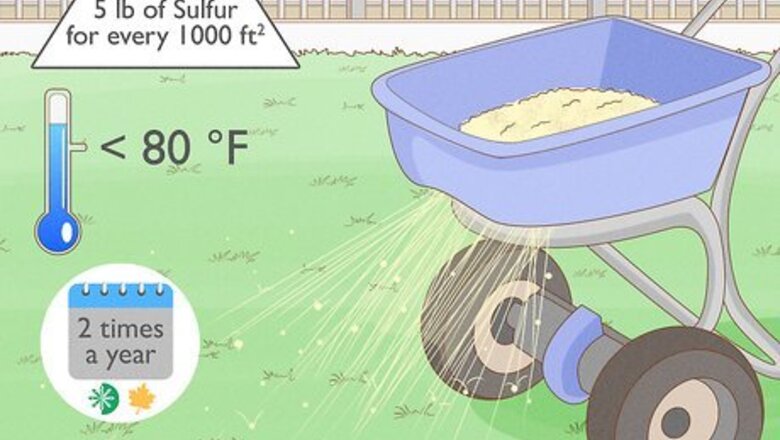
views
- Apply 5 lbs (2.3kg) of sulfur twice a year for every 1,000 square ft (93 sq m) of lawn. The sulfur will balance your soil’s pH (acidity level) to keep your lawn healthy.
- You can apply a maximum of 10 lbs of sulfur per 1,000 square ft (93 sq m) per year. Wait 3 months between applications to avoid burning the grass roots.
- Most lawn grasses grow well in soils with a pH of 6.0-7.2. Use a soil pH test kit or probe to check if your lawn’s pH is above 7.2, then apply sulfur to lower the pH if needed.
How Frequently to Add Sulfur to Grass
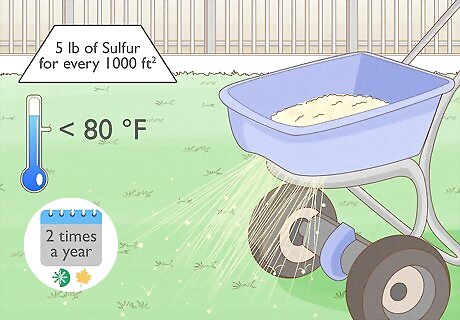
Apply 5 lb (2.3kg) of sulfur twice a year for every 1,000 ft (93 m) of lawn. Sulfur (also called “elemental sulfur”) reduces the pH of your soil, balancing the acidity to help your grass grow. Over time, this results in a fuller, greener lawn that’s more resistant to drought, lawn pests, and cold weather. You can apply up to 10 lbs (4.6 kg) of sulfur per 1,000 square feet (93 sq m) of lawn, per year. Apply sulfur during the Spring or Fall, when the average temperature is below 80°F (26°C). Avoid adding more than 10 lbs of sulfur per 1,000 square ft (93 sq m) per year. Excess sulfur causes salts to build up in the soil, which can burn the grass roots. Wait 3 months between sulfur applications to avoid burning the grass roots.
How to Apply Sulfur
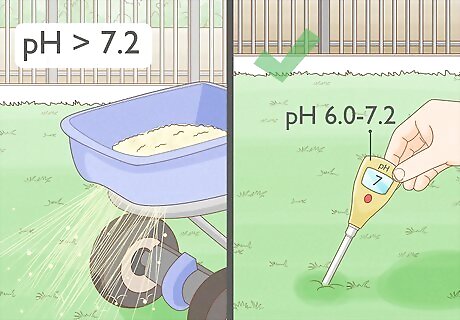
Add sulfur to your grass if the pH is above 7.2. Most lawn grasses grow best in soils with a pH between 6.0-7.2. Use a soil test kit to check your lawn soil’s pH. Buy a soil pH test kit or soil probe online for $10-25, or from a local garden center or hardware store. For a more accurate measurement, take 12 readings at different locations around your lawn. Add the lowest and highest readings together, then divide by 2 to get your lawn’s average pH. For example, if your lowest and highest readings are 7.3 and 7.5, your lawn’s pH would be 7.4 (since 7.5 + 7.3 = 14.8, and 14.8/2 = 7.4).
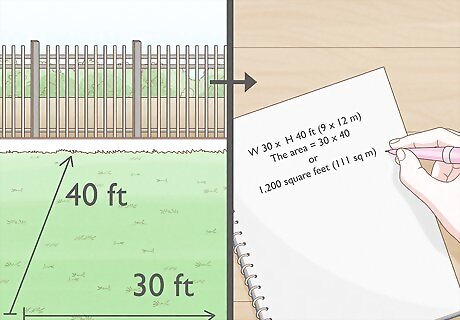
Find the area of your lawn by multiplying its length and width. Use a tape measure to find the width and height of your lawn in feet (or meters). Then multiply these numbers to get the area in square feet (or sq m). For instance, if your lawn measures 30 x 40 ft (9 x 12 m), the area is 30 x 40, or 1,200 square feet (111 sq m). If your lawn has two sections, find the area of each section separately, then add the areas together to get the total area of your lawn. If your lawn has an odd shape, estimate its area by measuring the length and width of the rectangular area just outside your lawn. In other words, the rectangle should be just big enough to fit your whole lawn. You can also consult your town’s public records to find the area of your property, which you can use to estimate the area of your lawn. Check your town’s website or contact city hall to ask how to obtain these records.
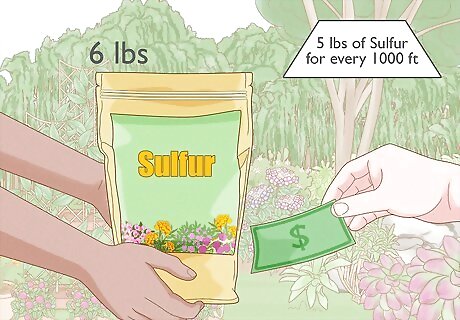
Buy 5 lbs (2.3kg) of sulfur for every 1,000 square ft (93 sq m) of lawn. For instance, if your lawn measures 1,200 square feet (111 sq m), purchase at least 6 lbs (2.7 kg) of sulfur. For 10,000 square feet (930 sq m), you’ll need 50 lbs. (23 kg) of sulfur. The amount of sulfur you need is solely determined by the size of your lawn, regardless of your lawn’s current pH level. Calculate the amount of sulfur you need by dividing the area of your lawn in square feet by 200. For instance, if your lawn is 3,200 square feet, 3,200/200 = 16 lb of sulfur. For metric units, divide the area in square meters by 40. So if your lawn is 200 sq m, 200/40 = 5 kg of sulfur. You can purchase a 5 lb. (2.3 kg) bag of lawn sulfur online for $20 - $25, or from a local garden supply store.
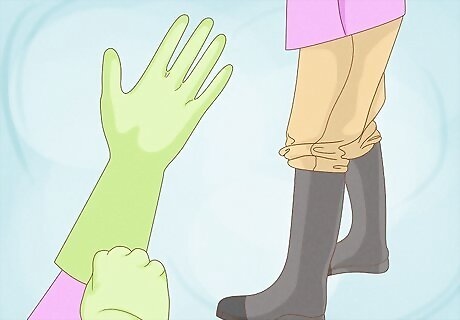
Put on thick gloves, a long-sleeve shirt, pants, and closed-toe shoes. These will protect your skin from sulfur during the next steps. Wait until you are outside to open the bags of sulfur since the dust can irritate your eyes. Wear safety goggles if you have to handle the sulfur indoors. Use gardening gloves or worker’s gloves.
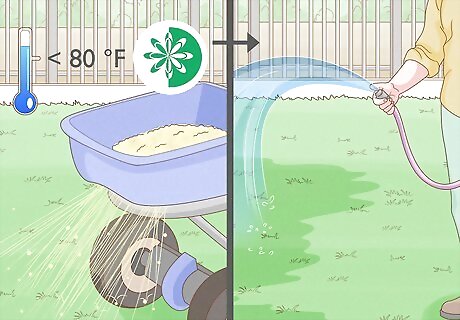
Sprinkle sulfur evenly across the grass, then water your lawn. Carry the bag in your arms and spread the sulfur with your gloved hands, or use a plastic cup to scoop it from the bag. If you have a wheeled fertilizer spreader, fill the bucket with sulfur and walk the spreader back and forth across the lawn. Water your lawn 30 minutes after applying the sulfur. Apply sulfur during the Spring or Fall, when the average temperature is below 80°F (26°C). Make sure to spread the sulfur evenly across your entire lawn. Avoid leaving spots with extra sulfur to prevent burning the grass roots in those spots. If you use a spreader, wash the bucket thoroughly afterward to remove traces of sulfur. Wait 3 weeks before adding any additional substances, including other fertilizers, composts, or pesticides.
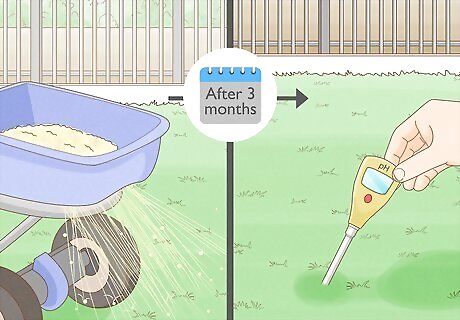
Retest your soil’s pH 3 months after adding the sulfur. If the pH is still too high, add another 1 lb. of sulfur per 1,000 square feet of lawn (0.45 kg per 93 sq m). Then wait another 3 months and test again. Repeat the process until the pH reaches the level you want. It may take a few seasons before your soil pH drops below 7.2, depending on how high the original pH reading was.
Benefits of Sulfur
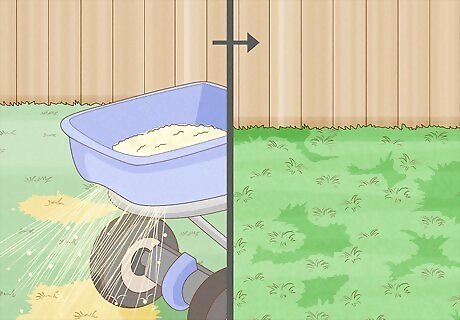
It acts as fertilizer, providing nutrients to help your lawn grow. These nutrients help your grass grow faster and keep it healthy. Healthier grass will also appear greener and fuller, which helps cover up brown spots and empty patches on your lawn. Sulfur is also beneficial for growing new lawns since the nutrients give young grass a running start.
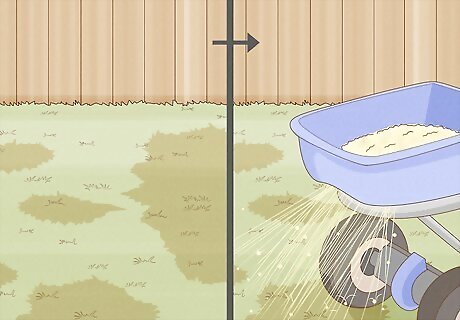
It helps your grass survive the winter. Though your grass will still turn brown in the winter, applying sulfur can help your grass bounce back faster. This could give you a fuller, greener yard earlier in the season. It may also help new grass grow once the weather gets warm enough, adding even more fullness to your lawn. Your lawn’s growth will also depend on the local climate. In very cold regions like Alaska and Montana, your grass may not start to grow until the ground thaws in spring.
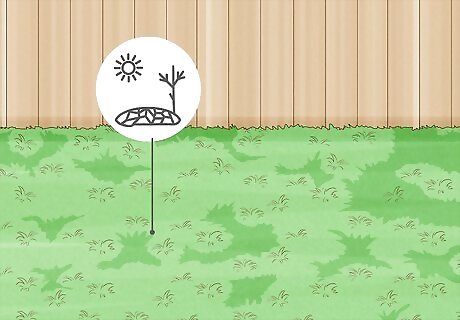
It might make your lawn more resistant to drought. The sulfur makes your lawn healthier, and healthier grass is more resilient and less likely to die from underwatering. This can be beneficial if you live in a region prone to water shortages, like California or the American Midwest. Certain grasses are more drought-resistant than others. But in general, a healthy lawn will always fare better during a drought than an unhealthy one. Your lawn will still dry out without watering, but applying sulfur can give your lawn a fighting chance when water is hard to come by.
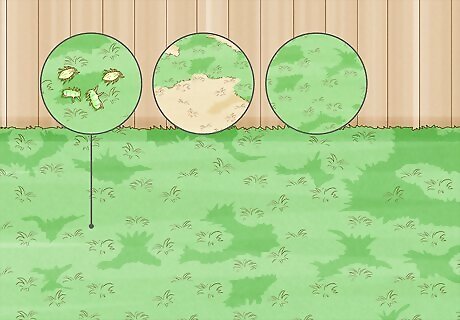
It helps your lawn fight back against fungi, insects, and disease. Sulfur acts as a pesticide, killing off bugs that nibble on your grass and lay eggs in your soil. It also prevents fungus and common grass diseases, like root rot, which can kill your grass before it has a chance to grow. In some cases, sulfur can even help prevent weeds from growing.

















Comments
0 comment